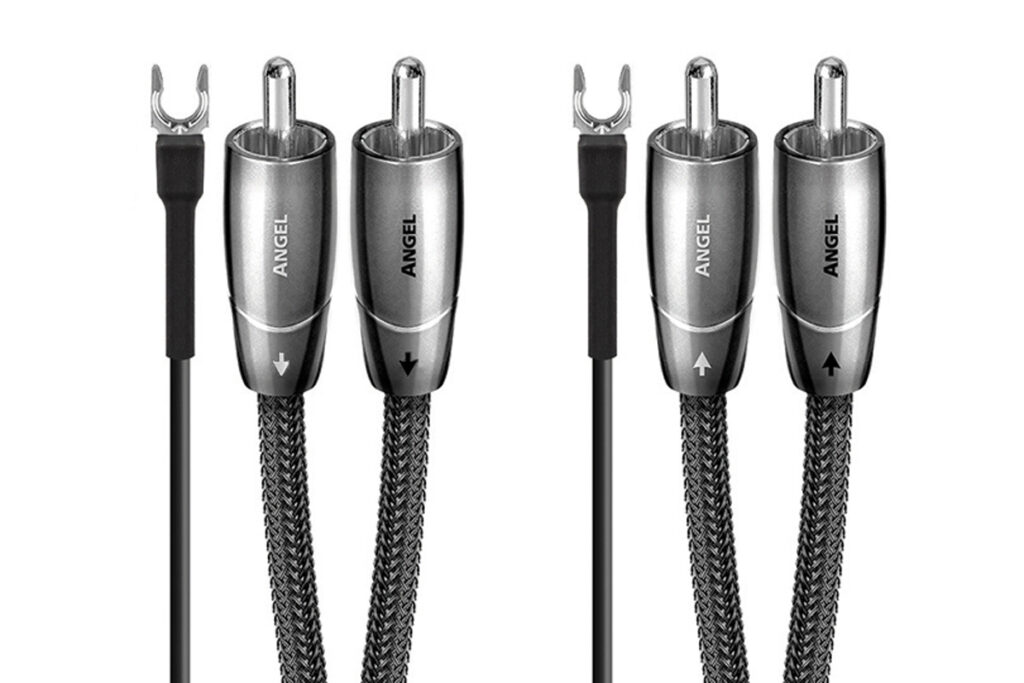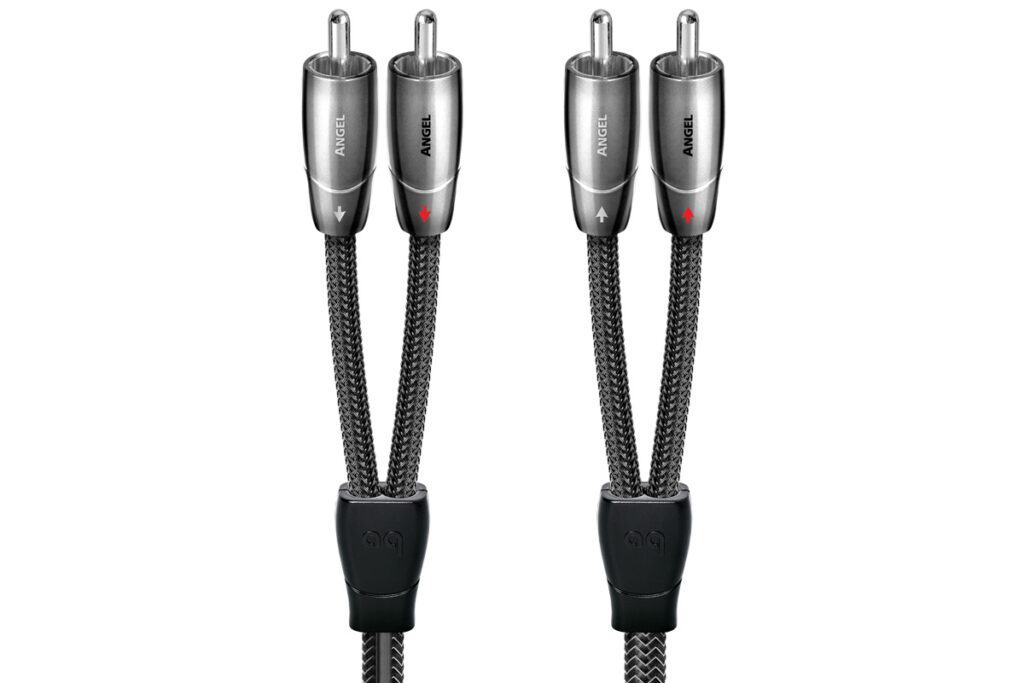“Not again!”, I hear the critics complain. Of course, secrets are no longer secrets once they’ve been spilled. And that’s exactly why we’re doing it – we’re uninhibitedly revealing one of our (as of yet) hidden gems …
AudioQuest subdivides its cable and device series into memorable names, each of which has its own story. In the case of the AudioQuest Angel LF cable in question here, which the cable and network processing specialist assigns to its “Bridges & Falls” family dedicated to bridges and waterfalls, the name is derived from a real superlative. In south-eastern Venezuela lies the famous Auyán-Tepui table mountain, from which the world’s highest free-falling waterfall plunges down 979 meters. It was named after the first pilot to discover it from an airplane. It was the US pilot Jimmie Angel (real name: James Crawford Angel) who spotted it during an overflight on November 16, 1933.
But let’s turn away from the history and focus on the special design features of this cable series – some of which are recognizable at first glance. Both cable ducts are housed in a common sheath. The inner, asymmetrical “double-balanced geometry” consists of separate plus-minus conductors. This results in a relatively thin, pleasantly pliable cable that can be assembled with a wide variety of different connector types. A 3.5 millimeter jack fits just as well as a 5-pin DIN or RCA, which makes this conductor ideal for various applications. In particular, the option of using it as phono cabling should be emphasized. But beware: If the RCA contacts on the respective device are more than 7.6 centimeters (equivalent to 3 inches) apart, the Angel will not fit due to its design. However, this is more likely to be the exception on a hi-fi device. The Angel has solid conductors made of PSS (“Perfect-Surface Silver”). According to the manufacturer, this prevents various electronic and magnetic interferences that occur with stranded cables. Due to the high degree of purity of the silver used, the distortions caused by the grain boundaries existing in every metallic conductor are minimized to the maximum, which significantly improves the transparency of music transmission compared to all other conductor materials. Another, no less important aspect is the shielding of a cable. Normally, radiated interference is dissipated into the ground of the shielding, but AudioQuest uses a three-layer NDS (“Noise-Dissipation System”), in which the carbon-based jacket of the cable absorbs the existing “noise” and reflects it at the same time. The dielectric between the conductors has a 72-volt (DBS) RF trap, which ensures that no high-frequency noise can penetrate through to the solid silver conductors. There are also a few other features that are reflected in the design and structure of the overall construction through various design details.

Enough of the technical details. We all want to know whether and how the AudioQuest Angel makes itself felt in music reproduction. In the case under review, it is the signal-transmitting cable between the phono and tube integrated amplifier of my large reference system. Fresh out of the box, it showed the typical characteristics of a new cable. On the one hand, it immediately sounded remarkably wide and deep in the musical performance; on the other hand, I was aware that it would certainly need time to “get all the neutrons on the right track”. A cartridge on the platter, and barely five hours later the expected musical pleasure could begin. And I was anything but disappointed: terms such as “extremely quiet, an astonishing depth in the musical staggering, complete elimination of the visual perception of the speakers (in other words: the analog processed music plays far beyond the speaker boundaries)” can be found as notes to this report on my notepad. Not to forget the remarkably clean, precise and completely uninterrupted reproduction of all frequency ranges – world class. If I may make a long story short: for its price, this cable is more than an insider tip – which is no longer an insider tip anyway. I am deliberately not going to give any detailed “plingpling high-end music examples” at this point. The Angel is not a show cable. No matter what style of music is required – only the music plays (especially voices are reproduced extremely authentically) in an extremely realistic and tangible presentation of musicians, instruments and their interplay. Pure music. Any questions?
Accompanying Equipment
CD drive/DAC: Teac P-70, Soulnote D-1N | Turntable: Clearaudio Innovation with power supply Smart Power 24V | Tonearm: Clearaudio Universal | Cartridges: Clearaudio Charisma V2, Phasemation PP-500 | Phono amplifier: Phasemation EA-320, transformer T-550 | Tube hybrid integrated amplifier: KR Audio VA350i | Loudspeakers: Blumenhofer Acoustics Genuin FS 1 Mk 3 | Cables/accessories: Phasemation, AudioQuest, circuit breaker GigaWatt G-C20A, mains filter in-akustik Reference Power Station AC-4500
Interconnect AudioQuest Angel (RCA)
Length (test cable): 1 m | Plug: copper, silver-plated | Special features: both channels in one jacket, 72 V DBS RF shielding, silver conductor | Warranty period: 2 years | Price (test cable): around €1200
AudioQuest
Hoge Bergen 10
4704 RH Roosendaal
Netherlands
Phone +31 165 541404
info@audioquest.nl


